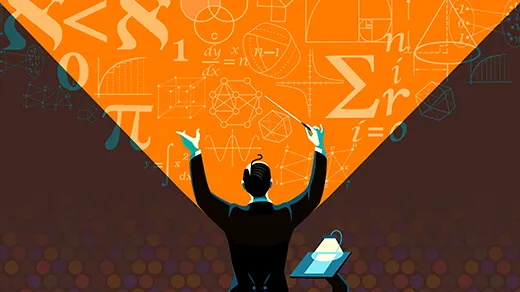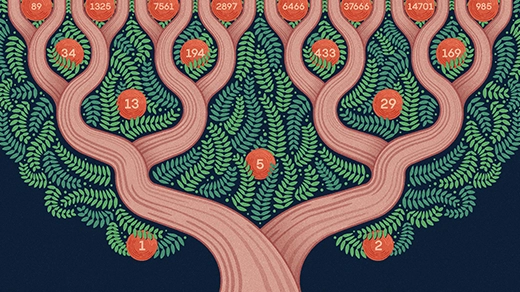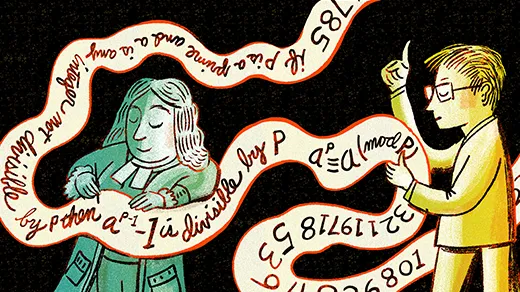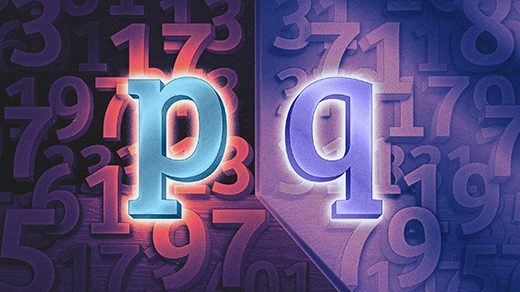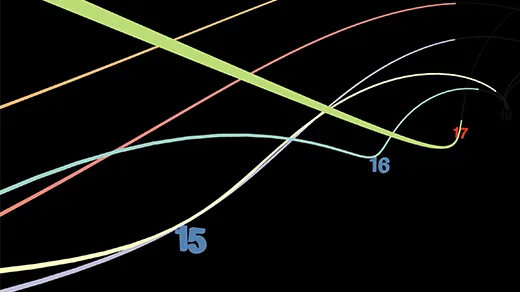What's up in
Number theory
Latest Articles
What Makes for ‘Good’ Mathematics?
Terence Tao, who has been called the “Mozart of Mathematics,” wrote an essay in 2007 about the common ingredients in “good” mathematical research. In this episode, the Fields Medalist joins Steven Strogatz to revisit the topic.
The Year in Math
Landmark results in Ramsey theory and a remarkably simple aperiodic tile capped a year of mathematical delight and discovery.
A Triplet Tree Forms One of the Most Beautiful Structures in Math
The Markov numbers reveal the secrets of irrational numbers and the patterns of the Fibonacci sequence. But there’s one question about them that has resisted proof for over a century.
Pierre de Fermat’s Link to a High School Student’s Prime Math Proof
How Fermat’s less famous "little theorem" got mathematicians young and old to play with prime-like Carmichael numbers.
The Hidden Connection That Changed Number Theory
Quadratic reciprocity lurks around many corners in mathematics. By proving it, number theorists reimagined their whole field.
A New Generation of Mathematicians Pushes Prime Number Barriers
New work attacks a long-standing barrier to understanding how prime numbers are distributed.
Echoes of Electromagnetism Found in Number Theory
A new magnum opus posits the existence of a hidden mathematical link akin to the connection between electricity and magnetism.
Behold Modular Forms, the ‘Fifth Fundamental Operation’ of Math
Modular forms are one of the most beautiful and mysterious objects in mathematics. What are they?
A Tower of Conjectures That Rests Upon a Needle
On its surface, the Kakeya conjecture is a simple statement about rotating needles. But it underlies a wealth of mathematics.
